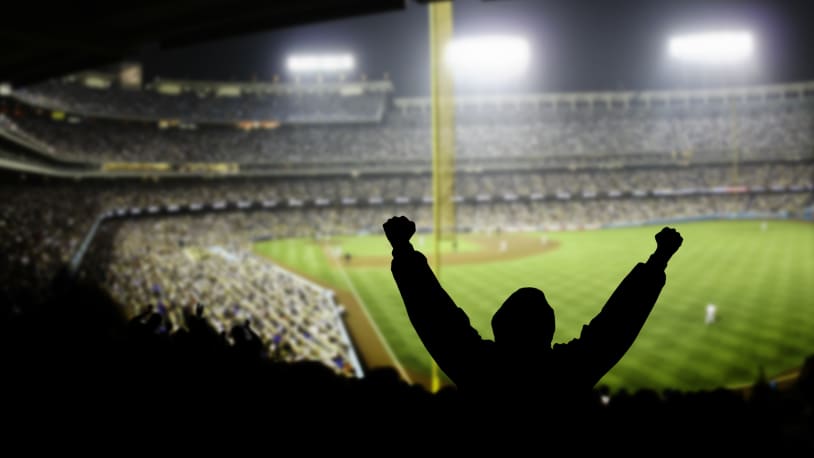Before the start of the 2023 season, Major League Baseball is proposing its most far-reaching set of rules changes in decades, including a pitch clock, a ban on moving defensive players too radical, and too many bases. The goal is to modernize and streamline the game. How is it done?
The pitch clock
The pitch clock concept is perhaps the most direct attack on the traditional wing of the game as baseball expands the playoff field and increases the number of divisions from four to six. in 1994. The idea is simple — if you’ve spent any time watching baseball, you know that pitchers can take a long time to “set,” with no meaningful limit to how long they can pitch. mound. To make matters worse, batters were also able to lollygag their way into the batter’s box at their own pace. To combat this season bloat, baseball limits pitchers to 30 seconds between batters, 20 seconds between pitches with runners on base, and 15 seconds between pitches with no one on base, or else they can’t be loaded. in an automatic ball. For their part, batters must be in the box and ready to roll with less than 8 seconds on the clock or be charged with an automatic strike. The new rules also limit pickoff attempts or other “disengagements” by the pitcher to two per at-bat.
The effect is not subtle. The new rules shave 25 minutes off the average game time, each Baseball Referencefrom three hours and six minutes in 2022 to two hours and 41 minutes so far this year.
Restrictions and bases
Starting in the 2010s, more visionary clubs know that Dramatically changing the positioning of fielders helps guard against hits, especially those who are better at pulling the ball to one side. The end result is that against some left-handed batters, for example, shortstops are often placed in short right field and third basemen behind second base. Hitting and scoring decreased, making baseball a less fun game to watch for many. The new rules require that two infielders be placed on either side of second base, but the effect may be less dramatic than proponents had hoped. Hits per game have increased from an average of 8.16 to 8.43 so far this year, a definite improvement though less than in 2019. And while the league batting average has increased from .243 to .249, the number of balls in the game actually. decreased less often, according to Baseball Reference.
The limitation of pitcher pickoff attempts and the use of larger bases, on the other hand, has led to a revival in the running game not seen since the 1990s. In 1987, the modern high point for stolen bases, there were more than 3,500 swipes, before that number dropped to just 2,214 in 2021, per Baseball Almanac. The drop represents an incalculable loss of in-game excitement, as stolen base attempts are bang-bang games with uncertain outcomes. This year, there have been nearly 3,000 stolen bases with more than three full-week games.
The takeaway
Game architects must strike a delicate balance. Baseball’s aging core of devoted fans tends to value continuity between seasons and often reacts with dismay to rule changes. At the same time, baseball games before 2023 will be an hour longer than the average soccer game, and almost forty minutes longer than basketball. (The heavy pace of American football is another story altogether). But this year’s rules seem to be a win for everyone. After a few games, you’ll barely notice the pitch clock as the number of offenses has decreased over the course of the year, as reported by The Guardian. And no matter how much you love baseball, hardly anyone enjoys 210-minute, 9-inning games. And per Forbes, fans responded accordingly – attendance is expected to be the highest since 2017, which is especially encouraging after the downturn during the COVID to post-pandemic era. TV viewing and streaming there too.
In short, it seems the rules changes have been a resounding success.
